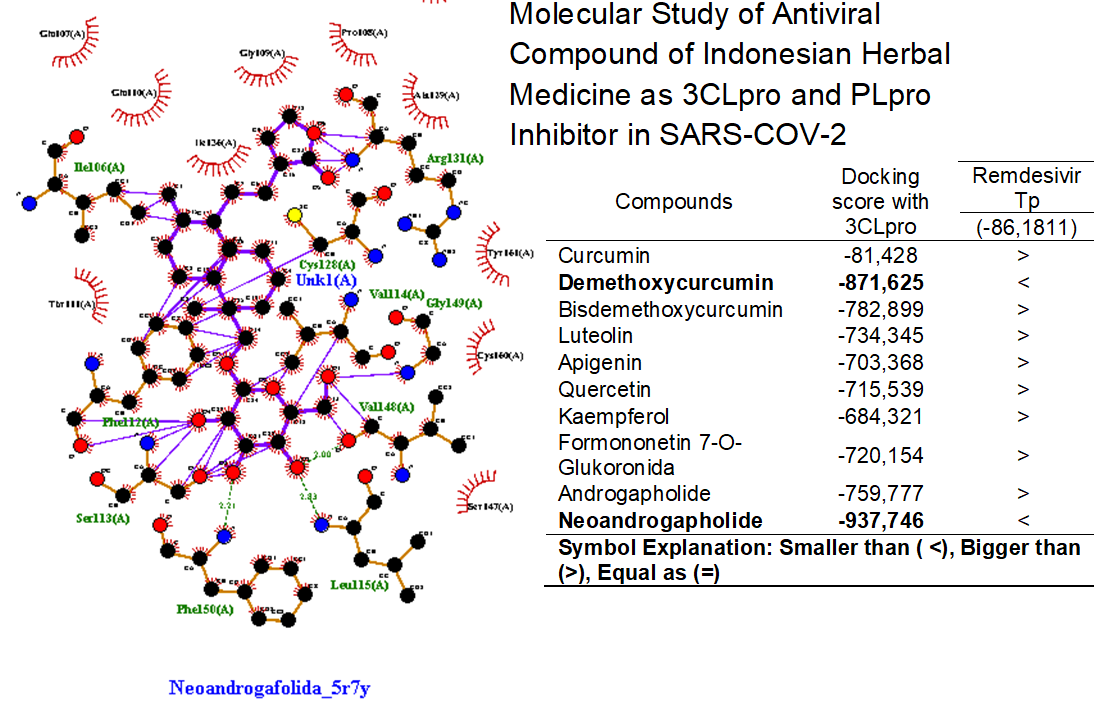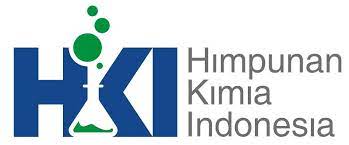
Molecular Study of Antiviral Compound of Indonesian Herbal Medicine as 3CLpro and PLpro Inhibitor in SARS-COV-2
DOI:
10.29303/aca.v4i2.74Published:
2021-10-29Issue:
Vol. 4 No. 2 (2021)Keywords:
Indonesian herbs, antiviral compounds, anti-COVID-19, molecular docking, PLANTSArticles
Downloads
How to Cite
Rizma, B. R. P. ., Mubarok, Y. Z., Lestari, D. F. D. ., & Ananto, A. D. . (2021). Molecular Study of Antiviral Compound of Indonesian Herbal Medicine as 3CLpro and PLpro Inhibitor in SARS-COV-2. Acta Chimica Asiana, 4(2), 127–134. https://doi.org/10.29303/aca.v4i2.74
Downloads
Download data is not yet available.
Metrics
Metrics Loading ...






 Indonesian Chemical Society, Chapter Nusa Tenggara. Jalan Majapahit 62 Mataram, University of Mataram, 83125, Indonesia
Indonesian Chemical Society, Chapter Nusa Tenggara. Jalan Majapahit 62 Mataram, University of Mataram, 83125, Indonesia





